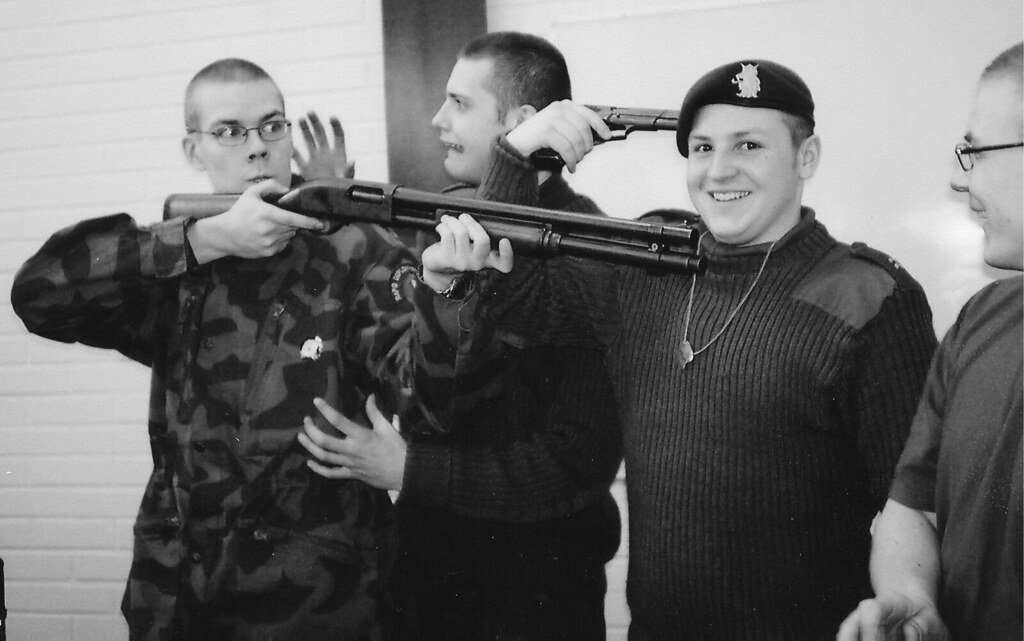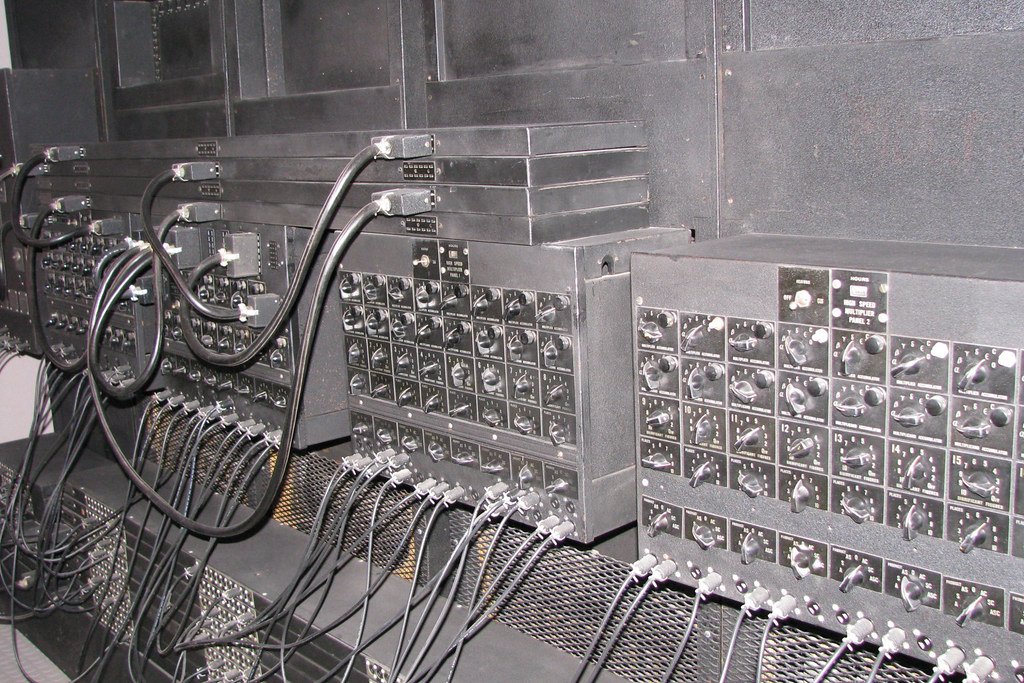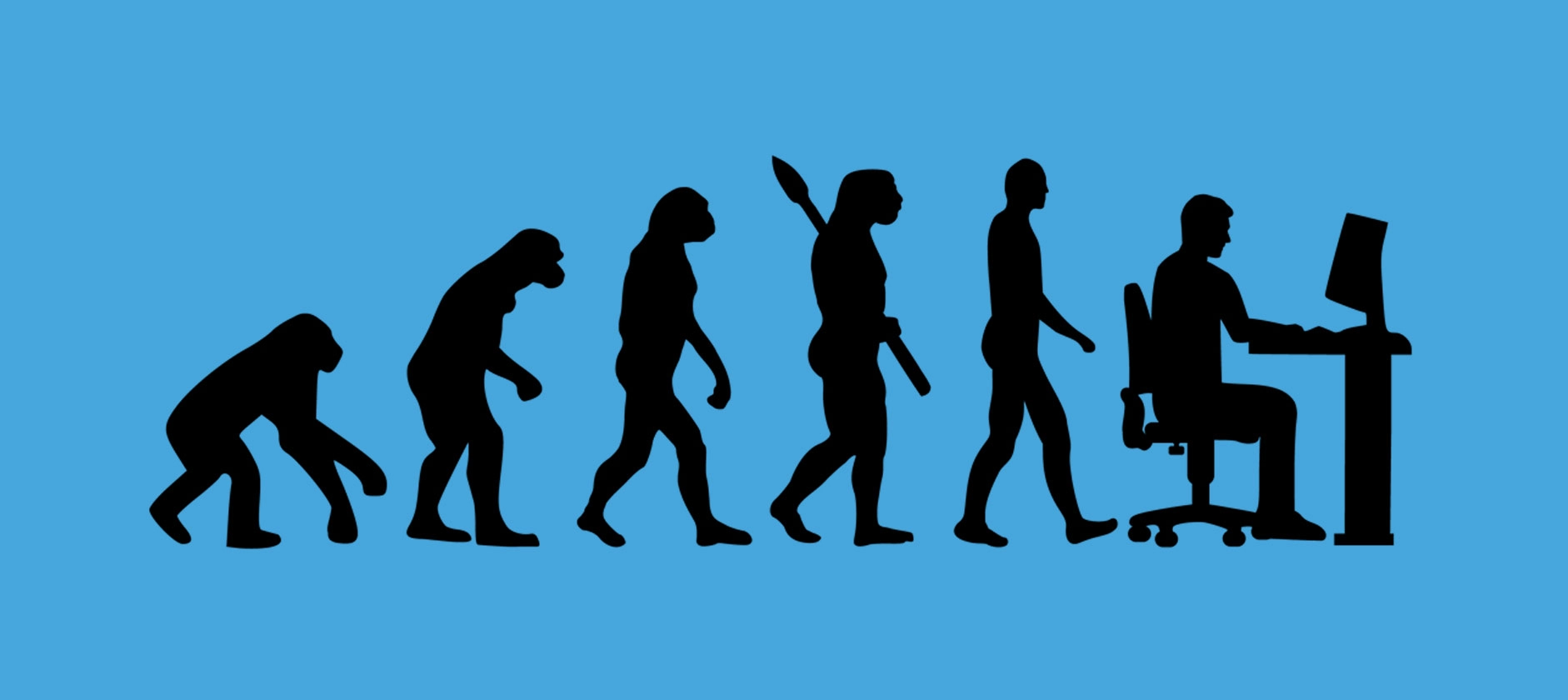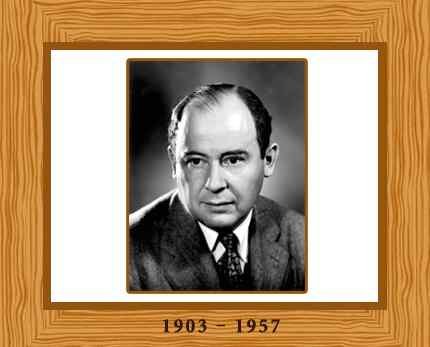Alan Turing, a brilliant mathematician, logician, and computer scientist, stands as a towering figure in the annals of technological and intellectual history. His pioneering work during the mid-20th century laid the groundwork for what would later be known as the Information Age. Alan Turing’s ingenious concepts, including the Turing Machine and breaking the Enigma Code during World War II, set in motion a trajectory that would forever change the course of human interaction with information and computation.
In 1936, Alan Turing introduced the concept of the Turing Machine, a theoretical device that could perform any computation following a set of specific rules. This notion, profoundly fundamental in computer science, provided the theoretical framework for modern computers. Turing’s vision of a machine capable of executing various operations by manipulating symbols on an infinite tape paved the way for the digital revolution.
During World War II, Turing played a pivotal role in breaking the Enigma Code, a highly complex and sophisticated encryption system used by the Germans for military communication. Turing’s efforts at Bletchley Park and a team of exceptional minds were instrumental in deciphering encrypted messages. By cracking the Enigma Code, Turing not only significantly contributed to the Allied victory but also demonstrated the potential of machines in solving intricate real-world problems.
The profound influence of Alan Turing’s ideas, particularly the Turing Machine and his contributions to cryptography during the war, has endured and evolved. These concepts and accomplishments have shaped the Information Age, where a vast digital network interconnects the world, and computers have become an indispensable part of daily life. Alan Turing’s legacy lives on as his foundations propel us further into an age dominated by information, computation, and technological innovation.
Table of Contents
What did Alan Turing invent first?
Alan Turing’s groundbreaking invention was not a physical device but a theoretical concept known as the Turing Machine. In 1936, at 24, Turing introduced this abstract mathematical construct in his seminal paper “On Computable Numbers,” outlining the concept of an idealized computing machine.
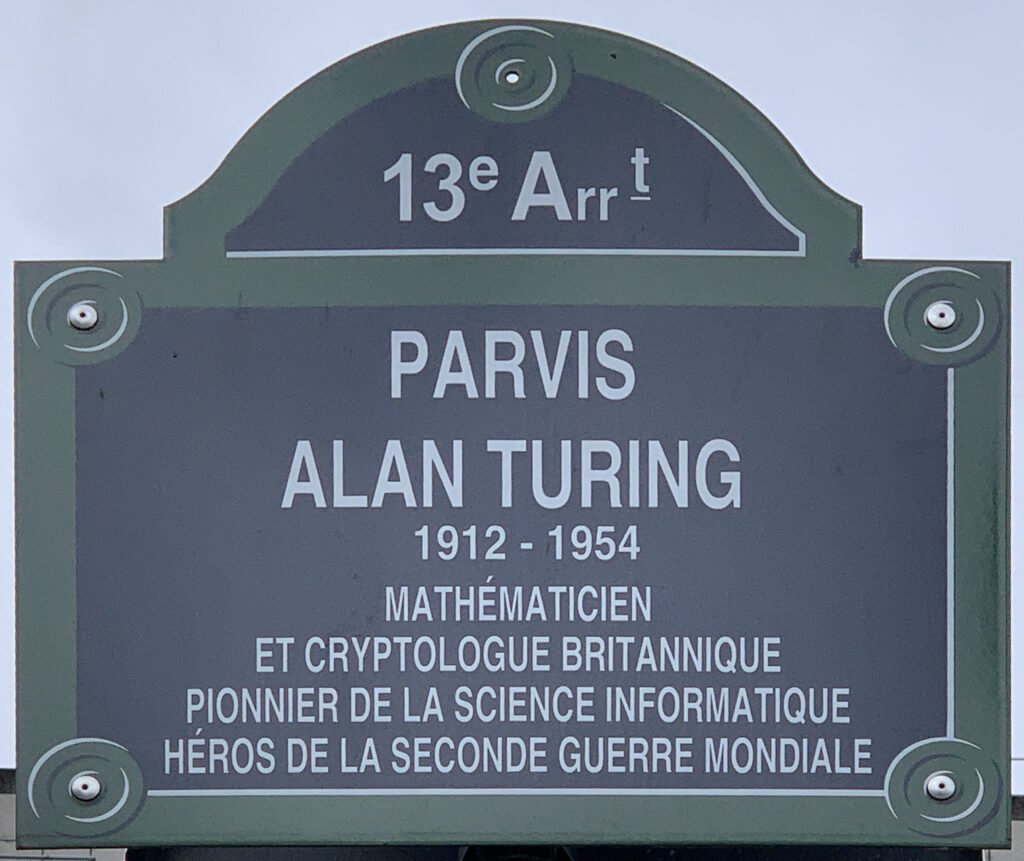
The Turing Machine is an imaginary device with infinite tape and a read/write head. The tape is divided into cells, each capable of holding a symbol, and the head can read, write, and move left or right based on a set of rules. These rules define the machine’s behavior, allowing it to perform calculations or simulate algorithms by following precise steps.
Given the right instructions, this theoretical construct served as a blueprint for a universal computing machine that could affect any other computing machine. In essence, the Turing Machine laid the foundation for the principles of computation and algorithmic processes. It demonstrated that any computation could be mechanized and represented as a set of simple instructions, setting the stage for the development of programmable computers.
Turing’s theoretical invention of the Turing Machine and its associated concepts profoundly influenced the development of computer science and the creation of actual computing devices, making him one of the central figures in the birth of the computer age.
How long did it take Alan Turing to build the computer?
Alan Turing did not build a physical computer in the sense of what we think of today as a computer during his lifetime. Instead, he formulated groundbreaking theoretical concepts and ideas that laid the foundation for modern computers. His most significant contribution in this regard was the development of the Turing Machine, a conceptual mathematical model for computation.
The Turing Machine, introduced by Turing in 1936, was an abstract and theoretical construct designed to explore the nature of computation and algorithms. It was not a physical machine but rather a thought experiment to demonstrate the capabilities and limits of computation. Turing’s work in this area fundamentally changed how we think about computation and provided the theoretical basis for developing actual computers in the future.
The creation of physical computers, such as the Electronic Numerical Integrator and Computer (ENIAC), often considered one of the earliest electronic general-purpose computers, came several years after Turing’s theoretical work. ENIAC, for example, was completed in 1945, nearly a decade after Turing’s initial concepts. While Turing’s ideas were instrumental in shaping the development of computers, he did not personally build one during his lifetime.
Pioneering the Computer Age
Alan Turing played a pivotal role in laying the foundation for the computer age through his groundbreaking contributions to computer science and mathematics. While he did not single-handedly invent the computer, his ideas and concepts were instrumental in shaping the development of modern computers and computational theory. Here are some key ways in which Alan Turing contributed to the computer age:
Turing Machine
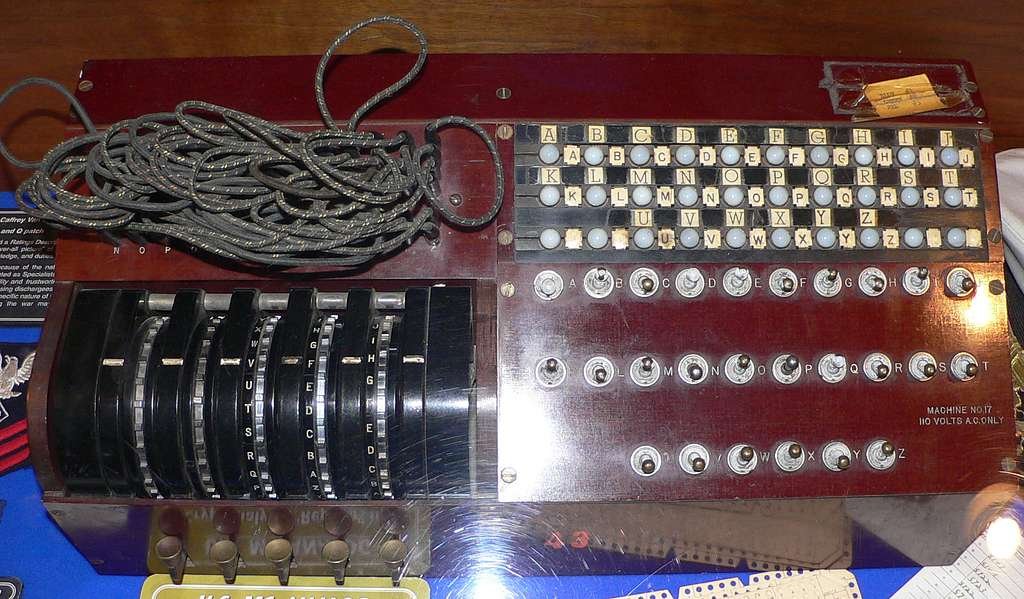
In 1936, Alan Turing’s groundbreaking paper, “On Computable Numbers,” introduced a concept that would become the cornerstone of modern computing: the Turing machine. This ingenious theoretical construct marked a pivotal moment in the history of computer science and laid the essential groundwork for the computers we use today.
The Turing machine is an abstract mathematical model designed to explore the fundamentals of computation. It consists of three main components: a tape, a read/write head, and a set of transition rules. The tape is the machine’s memory, with an infinite length capable of storing symbols. The read/write head, under the guidance of the transition rules, moves along the tape, reading symbols and composing new ones.
The Turing machine’s ability to simulate any computation through a series of simple, well-defined steps makes it genuinely revolutionary. Turing demonstrated that this theoretical machine could, in principle, compute anything algorithmically computable. This concept was groundbreaking because it showed that all computations, regardless of complexity, could be broken down into a series of elementary operations.
Turing’s machine set the stage for the development of programmable computers. It provided the theoretical foundation for understanding computation, and this understanding paved the way for the construction of the first practical computers, ultimately ushering in the Information Age and revolutionizing every aspect of our lives. Alan Turing’s visionary work on the Turing machine remains a cornerstone of computer science and a testament to the power of abstract mathematical thinking in shaping our technological future.
Alan Turing’s Universal Machine
Alan Turing’s concept of a universal machine, as outlined in his seminal 1936 paper “On Computable Numbers,” represents a pivotal moment in the history of computer science. This notion of a universal machine, which could simulate the operation of any other Turing machine by interpreting a description of that machine on its tape, laid the groundwork for the concept of a general-purpose computer.
Turing’s universal machine concept was groundbreaking because it highlighted the idea that a single machine, when suitably programmed, could perform a wide range of tasks. This notion is at the core of modern computing, general-purpose computers can execute various programs and applications, making them incredibly versatile tools for many tasks.
Turing’s visionary idea of programmability, where a machine’s behavior could be altered by changing its instructions or program, has been central to the evolution of computing technology. It paved the way for the development of modern computers that we use today, which are designed to be programmable and capable of running a diverse array of software and performing a multitude of functions. In essence, Turing’s universal machine concept was a pivotal step towards the Information Age, enabling the development of the general-purpose computers that have since transformed our world.
Breaking the Enigma Code
During World War II, Alan Turing played a pivotal and highly classified role in the Allied effort by contributing to the decryption of the Enigma code used by the Germans. Stationed at Bletchley Park, a top-secret code-breaking center in the United Kingdom, Turing and a team of brilliant mathematicians, engineers, and cryptanalysts undertook the monumental task of cracking the Enigma code.
Turing’s genius came to the forefront as he designed and helped build various electromechanical machines, notably the “Bombe,” which was instrumental in deciphering the Enigma-encrypted messages. The Bombe machine significantly expedited finding the daily Enigma settings, allowing Allied forces to read critical German military communications.
The success at Bletchley Park was a game-changer for the Allies, providing them with vital intelligence on German troop movements, strategies, and plans. Turing’s contributions and those of his colleagues undoubtedly played a significant role in the Allied victory.
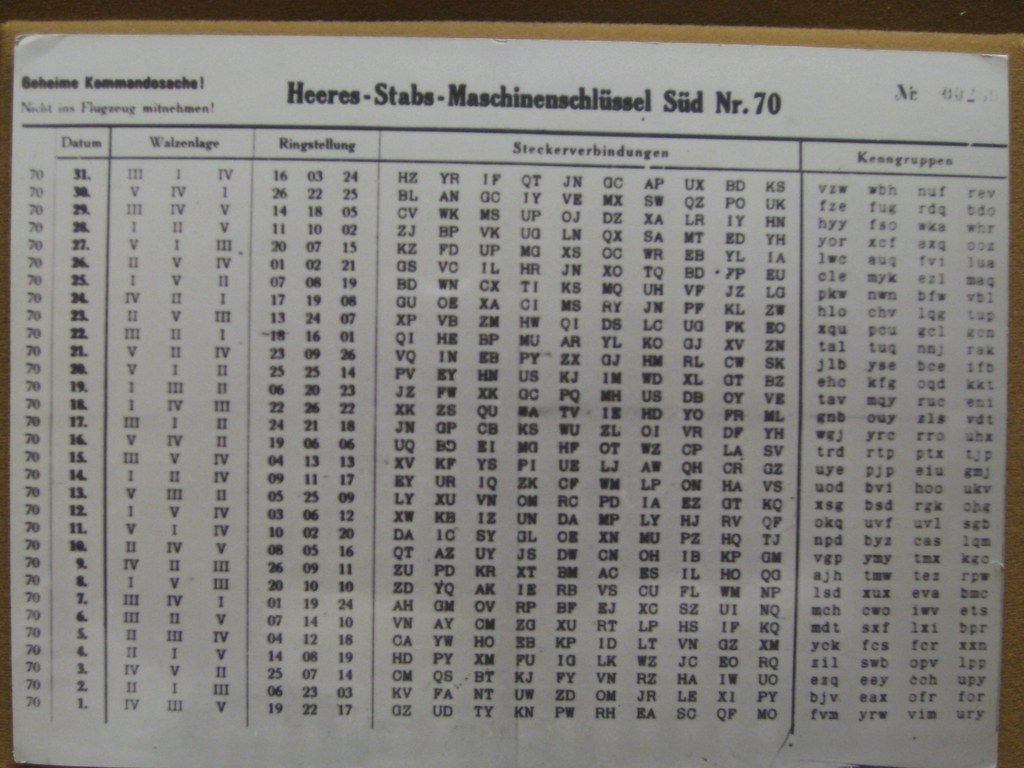
Notably, the techniques and machines developed at Bletchley Park were early prototypes of modern computing and information theory. They laid the groundwork for developing electronic computers and the burgeoning field of cryptography, shaping the post-war technological landscape and ultimately leading to the Information Age we now inhabit. Alan Turing’s legacy in code-breaking and the early computer era continues to be celebrated for its profound impact on history and technology.
Turing Test
Alan Turing’s proposition of the Turing Test in his 1950 paper, “Computing Machinery and Intelligence,” marked a pivotal moment in the history of artificial intelligence (AI). The Turing Test was designed to address the fundamental question of whether a machine could exhibit human-like intelligence. The test involves a human judge conversing with a machine and another human without knowing which is which. If the judge cannot reliably distinguish between the machine and the human based on their responses, the machine is said to have passed the test.
While the Turing Test has not provided a definitive measure of machine intelligence, it has profoundly impacted AI research and the study of machine intelligence. It sparked ongoing debates about what it means for a machine to be intelligent and how to evaluate machine intelligence. The pursuit of passing the Turing Test has driven advancements in natural language processing, machine learning, and human-computer interaction, contributing to the development of conversational AI systems and chatbots.
The Turing Test catalyzed AI research, inspiring efforts to create machines that can engage in human-like conversations and exhibit increasingly sophisticated forms of intelligence. Although it remains a topic of debate, it undeniably influenced the direction and growth of the field of artificial intelligence.
Turing’s Influence on Computer Science
Alan Turing’s contributions to computer science are immeasurable, and his ideas continue to resonate profoundly in the field. His exploration of computability and algorithms led to the development of the Universal Turing Machine, a concept that revolutionized computer architecture.
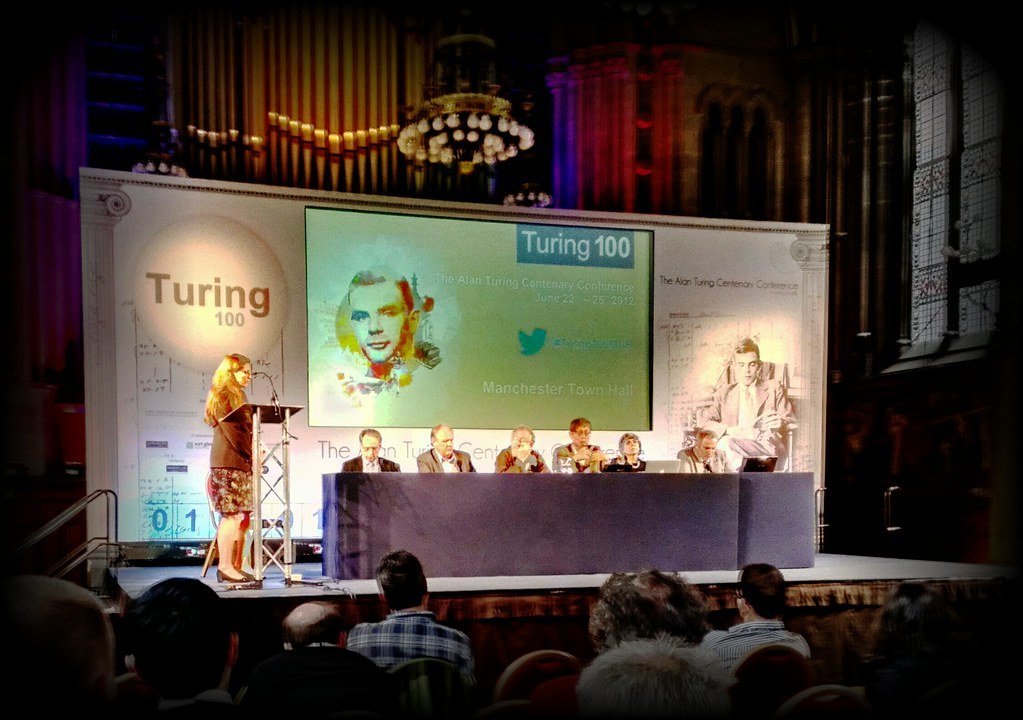
The Universal Turing Machine, introduced by Turing in his 1936 paper “On Computable Numbers,” is a theoretical construct that can simulate the operation of any other Turing machine. This ingenious concept effectively demonstrated that a single machine, through appropriate programming, could execute a wide range of tasks. It laid the foundation for computer programmability, where a single machine could be reprogrammed to perform various functions.
Turing’s Universal Machine concept not only influenced the design and development of early computers but also became a fundamental principle in the architecture of modern computers. Today’s computers are essentially universal machines, capable of running diverse software applications and executing various tasks thanks to the flexibility and programmability inherited from Turing’s groundbreaking ideas.
Alan Turing’s work on the Universal Turing Machine transformed the theoretical underpinnings of computation into the practical reality of computer architecture, shaping how we design, build, and interact with computers in the Information Age. His legacy as a pioneer in computer science and the theoretical basis for the digital age remains enduring and invaluable.
Legacy
Alan Turing’s profound contributions to computer science and his visionary ideas undeniably laid the very bedrock upon which the computer age was constructed. His work transcended theoretical abstraction and had a substantial, tangible impact on computing.
Turing’s pioneering concept of the Turing Machine, introduced in 1936, provided a theoretical framework that revealed the fundamental principles of computation. This abstract mathematical model demonstrated that any computation, regardless of complexity, could be distilled into a series of simple, sequential steps. This revelation guided the architects of early computers in designing machines capable of executing instructions stored in memory.
Moreover, Turing’s invaluable role during World War II, where he played a pivotal part in breaking the Enigma Code, demonstrated the practical application of his theories. The development of specialized machines, such as the Bombe, to decipher encrypted messages showcased the real-world utility of computational devices.
As we now stand firmly entrenched in the Information Age, Turing’s legacy continues to shape our interconnected world. His groundbreaking ideas on artificial intelligence and computation continue to fuel innovation, and his life’s work remains an enduring testament to the transformative power of human intellect and technological innovation.
Alan Turing’s legacy as a pioneer in computer science and artificial intelligence remains enduring and influential. His groundbreaking work revolutionized the theoretical foundations of computation and ignited the development of practical computing machines. His theoretical constructs, such as the Turing Machine, have become cornerstones of computer science, guiding the design and understanding of modern computers.
Moreover, his exceptional achievements, such as breaking the Enigma Code during World War II, underscore the real-world impact of his ideas. Turing’s intellectual contributions have left an indelible mark on the Information Age, continually inspiring and shaping the trajectory of technological progress and problem-solving.

